HotSpots H2O, June 25: Boko Haram Impedes Water Access In Northeast Nigeria As Lake Chad Shrinks
The Rundown
Boko Haram militants have terrorized northeast Nigeria for the past nine years, destroying villages, slaughtering residents, and forcing millions from their homes. The violence has exacerbated severe water scarcity in the region, which relies on the drying Lake Chad. Altogether, only 1 in 10 Nigerians enjoy access to clean running water. Poor sanitation is also rampant, driving the spread of waterborne diseases. Although stability has returned to parts of northeast Nigeria, the conflict continues to impede regional water access.
“Resilience is key. Otherwise, climate shocks will have a huge effect on the population.” –Abou Amani, UNESCO’s chief of hydrological systems and water scarcity, speaking after a February 2018 conference on the future of the Lake Chad basin. Attendees of the UNESCO conference concluded that bringing more jobs to the area is crucial for fostering peace in northeast Nigeria. Officials believe that if economic stability improves, the region will be less vulnerable to threats from both Boko Haram and climate change.
By The Numbers
90 percent Proportion that Lake Chad has shrunk since the 1960s. The landlocked lake used to measure more than 25,000 square kilometers (9,700 square miles), but it has now dwindled to roughly 1,500 square kilometers (580 square miles).
2.9 million People in northeast Nigeria in need of urgent humanitarian aid due to poor water access and improper sanitation, according to the UN Office for the Coordination of Human Affairs.
1.7 million People in Borno, Adamawa and Yobe states who are internally displaced. These three northeastern states have borne the brunt of Boko Haram’s attacks.
800,000 People in northeastern Nigeria who cannot be reached by humanitarian aid due to violence, geography, and political bureaucracy.
100,000 People displaced in northeastern Nigeria in the past six months.
90.8 percent Proportion of Nigerians that drink water contaminated by some degree of E. coli bacteria.
5,607 Cholera cases reported across nine Nigerian states since the beginning of 2018. High rates of other diseases, including diarrhea, pneumonia, trachoma, and worm-related illnesses, have also been tied to the region’s polluted water.
On The Radar
Last month, the Nigerian federal government announced plans to bring water to 100 percent of citizens by 2030. Suleiman Adamu, Nigeria’s Minister of Water Resources, emphasized the importance of increasing water access in small towns, urban areas, and public institutions. The minister added that the government’s efforts are likely to be hampered by weak governance, poor data management, and inadequate funding.
Resources and Further Reading
In context reporting from Circle of Blue: International Conference Discusses Remedies to Lake Chad Crisis
Cholera Outbreak in Nigeria: NCDC Situation Report (29 May 2018) (Relief Web)
Lake Chad: Climate change fosters terrorism (DW)
More jobs crucial to dealing with Lake Chad crisis, UNESCO says (Reuters)
Nigeria: Do 80% of Nigerians Lack Safe Drinking Water? It’s Worse Than That (All Africa)
Nigeria: Govt Targets 100% Access to Water By 2030 (All Africa)
North-east Nigeria: Humanitarian Dashboard (January – May 2018) (OCHA)
Water Stress, Instability and Violent Extremism in Nigeria (New Security Beat)
What you should know about the humanitarian crisis in north-east Nigeria (Norwegian Refugee Council)
Kayla Ritter is a recent graduate of Michigan State University, where she studied International Relations and Teaching English to Speakers of Other Languages. She is currently based in Manton, Michigan. Kayla enjoys running, writing, and traveling. Contact Kayla Ritter

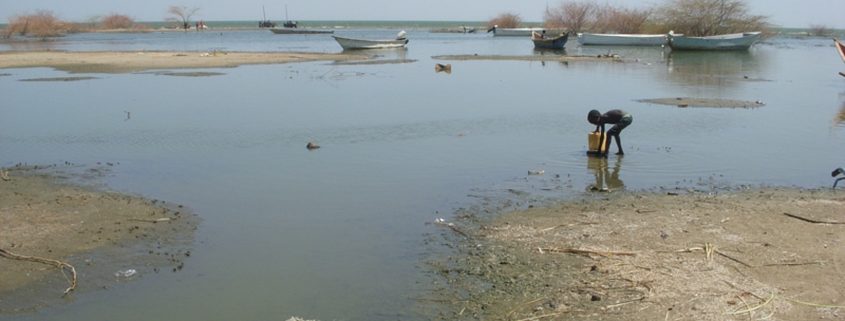

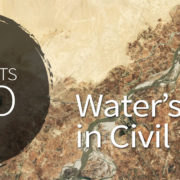
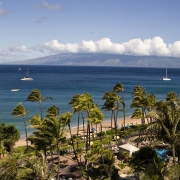
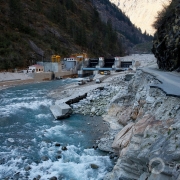
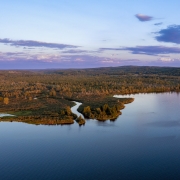
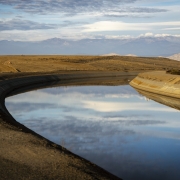
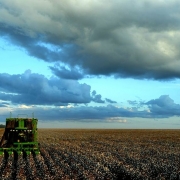


Leave a Reply
Want to join the discussion?Feel free to contribute!